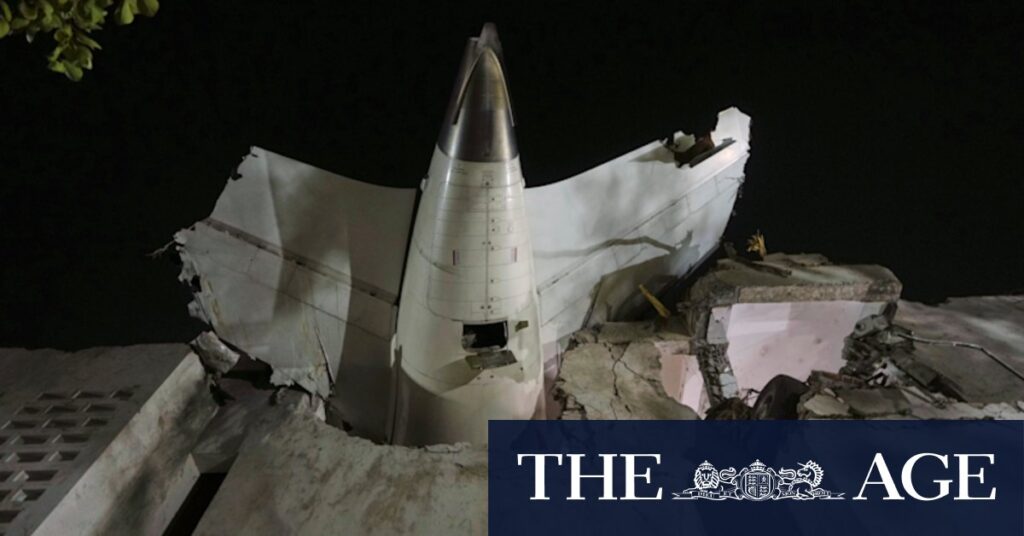
The crash of Air India flight 171, bound for Gatwick, has prompted airlines worldwide to examine the safety of fuel switches following a critical report by the Aircraft Accident Investigation Bureau (AAIB). The tragic incident, which occurred seconds after take-off from Ahmedabad, India, on June 12, resulted in the deaths of all but one of the 242 passengers and crew, as well as 19 individuals on the ground.
The AAIB report, released on Friday, has brought the safety of the fuel switches into question. The bureau highlighted a 2018 airworthiness bulletin from the US Federal Aviation Administration (FAA) concerning the potential disengagement of the fuel control switch locking feature. However, the FAA did not deem this an unsafe condition requiring an airworthiness directive.
Investigation and Technical Concerns
According to the AAIB, the throttle control module of the Air India 787 Dreamliner was replaced in 2019 and 2023, yet these replacements were not linked to the fuel control switch. The report states, “There has been no defect reported pertaining to the fuel control switch since 2023.” Nonetheless, an Australian aviation maintenance expert suggested that a “faulty locking feature of the fuel cut off switches” might be a contributing factor.
“A worn-out fuel control could be switched off either by the brushing of the hand or vibration by the plane,” the expert explained, indicating that both switches would need to be inadvertently flipped for such an event to occur.
Honeywell, the manufacturer of the switches, declined to comment on the speculation, while Boeing has been contacted for further remarks. Under International Civil Aviation Organisation rules, the investigation responsibility lies with the country where the accident occurred.
Expert Opinions and Broader Implications
Dr. Geoffrey Dell, head of aviation safety for the AMDA Foundation, noted that while issues with the switches are possible, they are unlikely to be the sole cause. “Anything is possible. The question is how probable is it,” he stated, emphasizing the need for more data to draw concrete conclusions.
Swinburne University’s Salim Hijazeen pointed to a convergence of factors, including human performance limitations and procedural breakdowns, as more plausible causes. He highlighted the importance of cross-checks and verbal confirmations in flight operations, especially during critical phases like engine shutdowns.
“The report indicates that the pilot monitoring may not have been aware that the shutdown had occurred, pointing to a significant lapse in crew resource management and situational awareness,” Hijazeen commented.
Historical Context and Safety Record
The Boeing Dreamliner has maintained a strong safety record, although the aviation community remains vigilant due to past safety issues with Boeing’s 737 Max planes. The AAIB report noted that after reaching maximum airspeed, the fuel cutoff switches transitioned from RUN to CUT-OFF within a second of each other, a critical detail under investigation.
Dell criticized attributing the crash solely to pilot error, comparing it to blaming gravity for an accident. “How did the system allow an error to cause a catastrophic loss?” he questioned, suggesting a design flaw in the mechanical and human systems involved.
Next Steps and Industry Response
As the investigation continues, airlines and manufacturers are urged to review the performance of their fuel switches and consider potential design improvements. The findings of this investigation could lead to new air directives and safety protocols to prevent similar tragedies in the future.
Meanwhile, the aviation community awaits further details from the ongoing investigation, with hopes that comprehensive insights will enhance safety measures and prevent future incidents. For those affected by this tragedy, support is available through crisis hotlines, such as Lifeline at 13 11 14.






